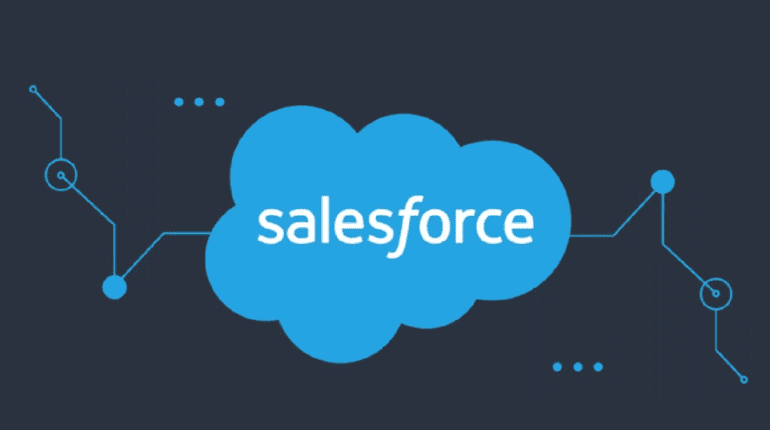TL;DR:
- Salesforce is pursuing “automatic machine learning model generation” through a patent application.
- Their system simplifies AI model creation by analyzing user data and generating predictive models.
- Salesforce aims to remove barriers for non-technical users in leveraging machine learning.
- Other tech giants like Oracle and JPMorgan Chase are also exploring DIY AI solutions.
- Large language models can already achieve similar results, simplifying machine learning tasks.
- Salesforce’s dedication to accessibility may democratize AI adoption.
Main AI News:
Salesforce is on a mission to revolutionize the world of machine learning development. The tech giant has recently submitted a patent application for what they call “automatic machine learning model generation.” In essence, this cutting-edge system aims to take the complexity out of AI model creation, provided you have the necessary data at your disposal.
Here’s how it works: Salesforce’s system starts by collecting user data, conducting an in-depth analysis, and considering the associated metadata. It then proceeds to generate a “prediction field,” outlining the potential capabilities of the model with the given dataset. The system meticulously crafts a set of data features, carefully eliminating any elements that could introduce inaccuracies into the model.
Once this foundational work is completed, the system moves on to the next phase, where it selects and trains a machine learning model from a pool of “candidate models.” This selection is based on a thorough evaluation of their predictive accuracy. Ultimately, the user is presented with a fully operational predictive machine learning model, all without the need for extensive technical expertise—simply by providing data and interacting with a user-friendly interface.
Breaking Down Barriers to Machine Learning
While many industries possess vast reservoirs of data ripe for machine learning applications, the process of building AI models can often be prohibitively expensive and complex. Salesforce recognizes this challenge and acknowledges that, without specialized statistical training, users may find themselves in the dark about critical AI parameters.
“In some cases,” Salesforce explains, “the user may manually enter data into the input fields that may be incorrect or incomplete and may result in the system providing an inaccurate prediction. Or, in some cases, the system may be unable to provide a prediction altogether, given the input.”
A Decade-Long Interest in Automatic Machine Learning
Automatic machine learning has captured the attention of developers for nearly a decade. Vinod Iyengar, Head of Product at AI training engine ThirdAI, notes that both Oracle and JPMorgan Chase have ventured into the realm of DIY AI, with filings for chatbot-generating chatbots and no-code AI capabilities, respectively. Salesforce, too, has been exploring automatic machine learning within Einstein, its AI-focused initiative, for several years.
Iyengar emphasizes that Salesforce’s pursuit of automatic machine learning, while noteworthy, is not entirely unique. However, he acknowledges the company’s dedication to democratizing machine learning for a broader audience.
The Role of Large Language Models
Interestingly, some experts suggest that Salesforce’s vision may already be within reach through the utilization of large language models. These models excel at constructing a “chain of thought reasoning,” breaking down intricate problems into manageable components and offering solutions. By supplying the right prompts and data, these models can effectively address complex challenges, making them a valuable tool in the machine learning arena.
Salesforce’s Path Forward
Salesforce may not possess the same level of AI expertise as industry giants like Google, Microsoft, or Meta. Nevertheless, the company is diligently enhancing its AI toolkit, with a particular focus on analytics, customer data, and automation. While the technology outlined in this patent has existed for some time, Salesforce’s innovation lies in making it more accessible to individuals without extensive technical backgrounds, thanks to a user-friendly interface.
Conclusion:
As the landscape of machine learning continues to evolve, Salesforce’s commitment to simplification and accessibility could pave the way for a broader and more diverse range of users to harness the power of artificial intelligence. Additionally, the integration of enterprise-focused language models under the Einstein umbrella suggests that Salesforce is poised to make significant strides in the AI domain.

